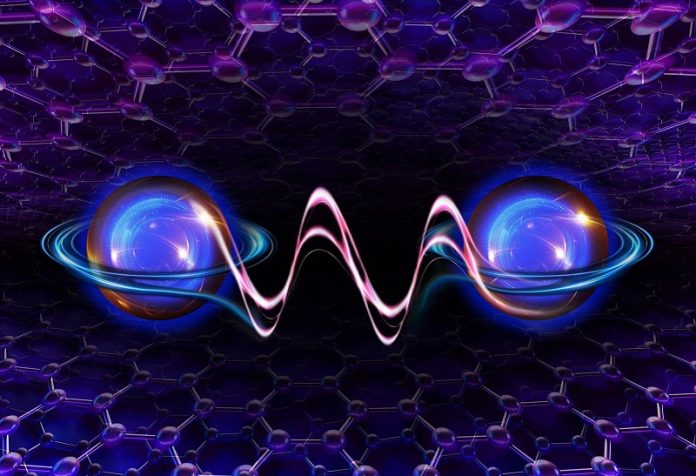
Ever used a pencil? Well, the lead in that pencil might be more exciting than you think!
Scientists at MIT have taken that ordinary pencil lead and turned it into something very special.
Here’s a simple breakdown:
Pencil lead, known as graphite, is made up of super-thin layers of a material called graphene. Graphene is like a honeycomb made of carbon atoms, and it’s pretty cool on its own.
People have known about graphene for about 20 years, and they’ve found out that when you stack these layers and twist them in specific ways, they can do new and amazing things.
This new science of twisting and stacking graphene is called “twistronics.” But in this latest MIT discovery, the scientists didn’t even need to twist anything.
They just stacked five layers of graphene in a very particular order.
When they did this, something magic happened. The electrons, tiny particles that move around inside the material, started to communicate with each other.
This chat among electrons brought out new properties in the material, making it super special. While regular graphite is a good conductor of electricity, this newly created material can do so much more.
The scientists named this new material “pentalayer rhombohedral stacked graphene.” It’s a mouthful, but it’s also just a few billionths of a meter thick!
To make this discovery, the team used a special microscope built by one of the scientists, Long Ju, in 2021.
This microscope, called Scattering-type Scanning Nearfield Optical Microscopy (or s-SNOM for short), let the researchers look at these super-thin layers and pick out the ones they wanted.
With their special graphene sandwich ready, they then put electrodes on it, which are a bit like the plugs and switches in our homes. By adjusting the amount of electricity, the team found that they could make the material behave in three unique ways.
It could act as:
An insulator: This means it doesn’t let electricity pass through.
A magnet: Like your fridge magnets.
A topological material: A fancy term, but imagine a road where cars (or in this case, electrons) can only drive on the outer lanes, but the middle lane is always empty. The outer lanes let the cars move without any blocks, while the middle lane stops them.
Long Ju and his team are excited about these findings. They believe that this special way of stacking graphene can be used to explore more about the world of tiny particles and how they behave.
So the next time you use a pencil, just think: the lead you’re using might be the key to some cool science discoveries in the future!
Follow us on Twitter for more articles about this topic.



